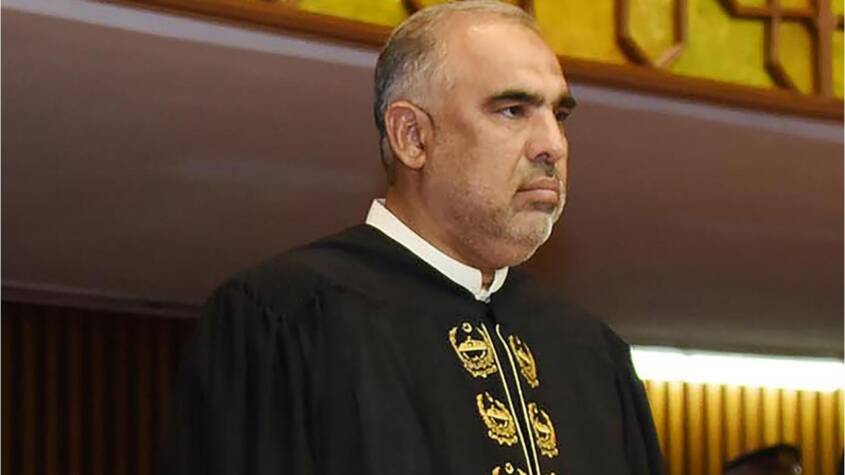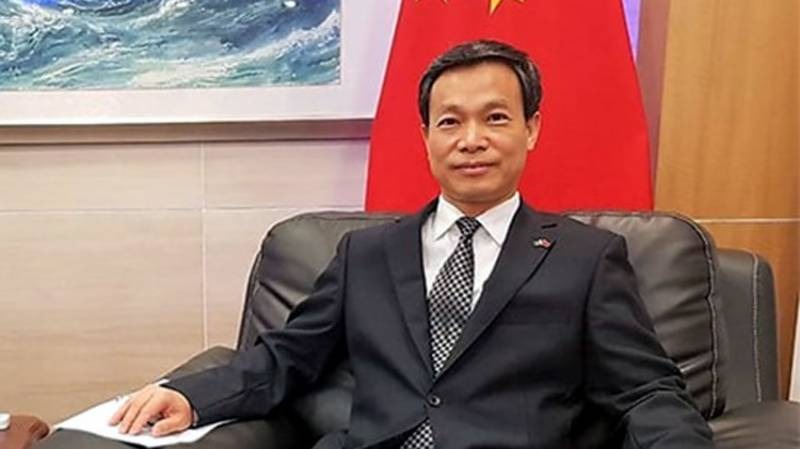The Sihanoukville Special Economy Zone (SSEZ) in southwestern Cambodia has achieved a significant milestone with over 200 enterprises now operating within its 11-square-kilometer area. This economic zone is a joint venture between Chinese and Cambodian firms and stands as a flagship project of China’s Belt and Road Initiative (BRI).
At the celebration event, Cambodian Prime Minister Hun Manet highlighted that the SSEZ has significantly contributed to Cambodia’s trade and economic growth while also improving local livelihoods by creating approximately 32,000 direct jobs. He praised the SSEZ as evidence of strong Cambodia-China cooperation under the BRI framework.
Hun Manet expressed satisfaction over the diverse range of investors establishing factories in the SSEZ, including those from China, Europe, the United States, South Korea, and Southeast Asia. He pointed out that the rapid development of Sihanoukville serves as clear proof of the successful partnership between Cambodia and China.
The Prime Minister emphasized that the SSEZ continues to drive the construction of a close, all-weather Cambodia-China community with a shared future in the new era. This partnership is vital for sustaining long-term growth and cooperation.
Chinese Ambassador to Cambodia Wang Wenbin described the SSEZ as a “shining pearl” within Cambodia’s Industrial and Technological Corridor. He noted that the zone is not only a model of bilateral cooperation but also a symbol of enduring friendship between the two nations. Wang underscored the strong, unbreakable ties that make China-Cambodia relations exemplary.
Established in 2008 and located roughly 12 km from the deep-water Sihanoukville Autonomous Port, the SSEZ hosts multinational companies manufacturing a wide range of products, including textiles, medical supplies, hardware, auto parts, and new materials.
According to the latest report, the SSEZ’s import and export value reached $4.07 billion in 2024, marking a 21.3 percent increase compared to the previous year, reflecting robust growth and expanding trade activity in the zone.
Related Posts

















